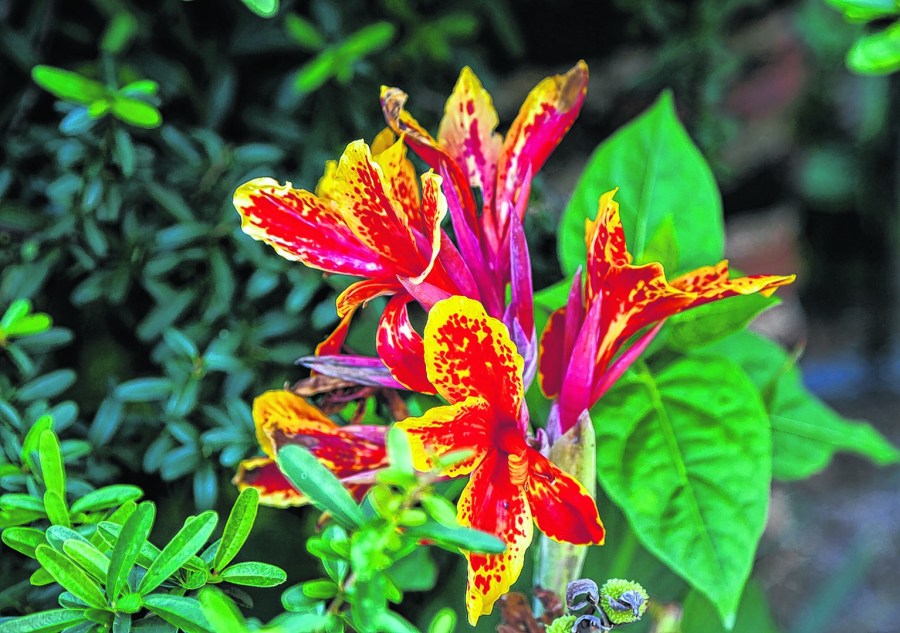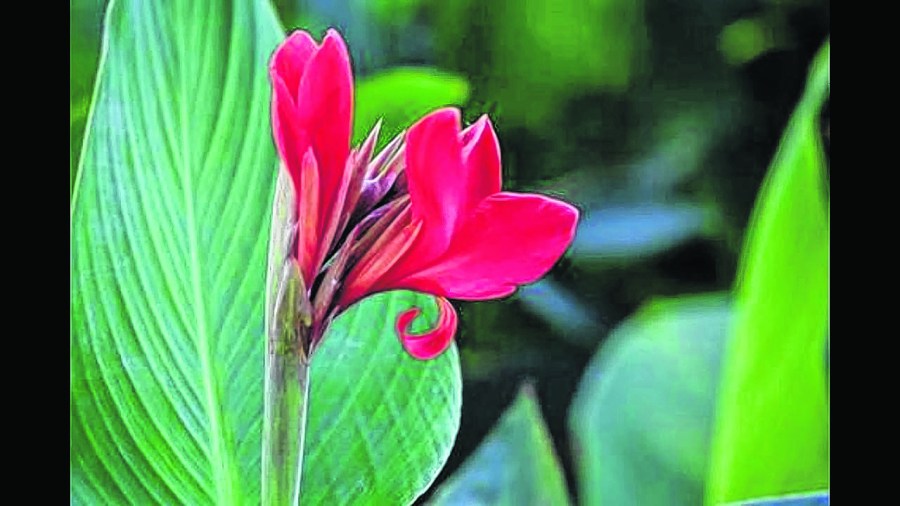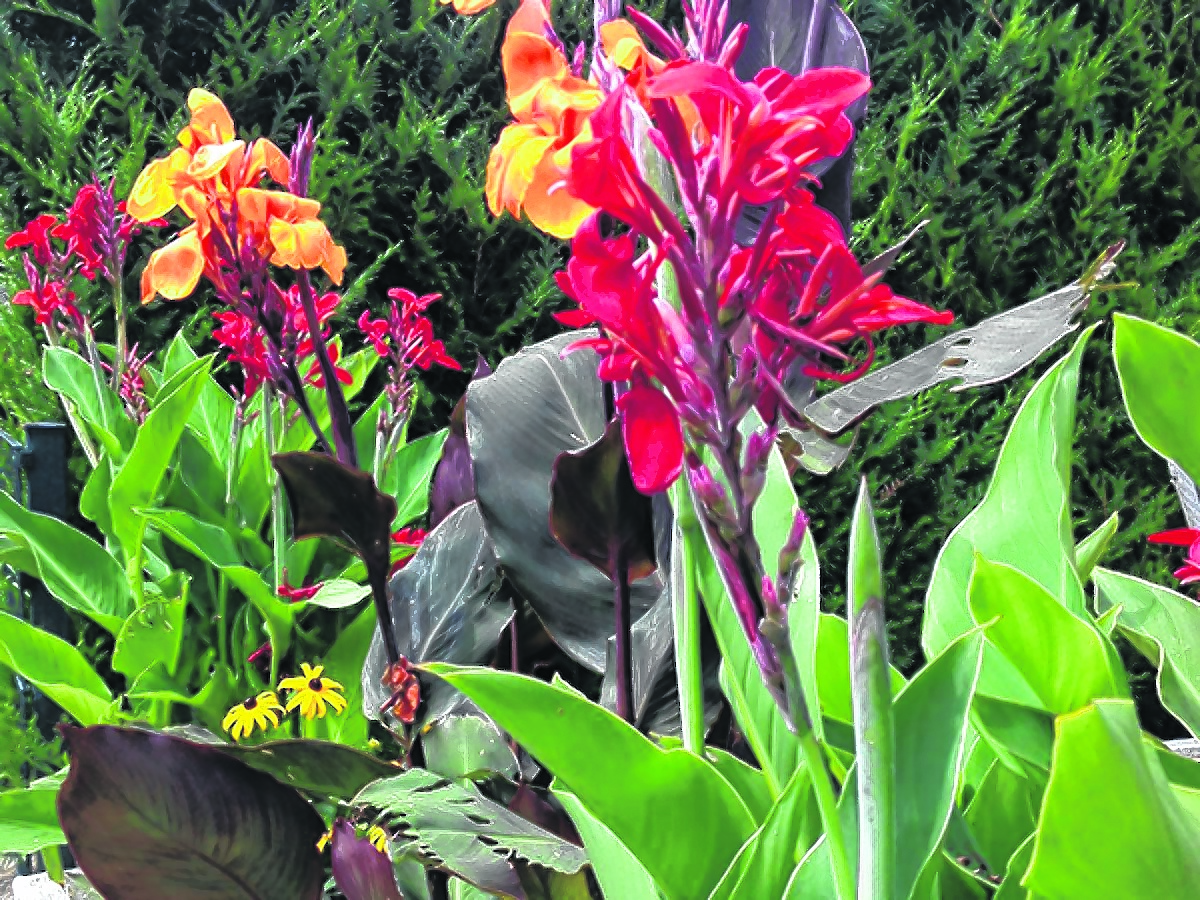It is still time to enjoy these wonderful plants that catch the eye and seduce anyone, with the charm of its striking flowers.

–
This beauty is truly a rarity of nature and undoubtedly one of the most beautiful and ornamental flowers., to give it the space it deserves in the garden.
This time RÍO NEGRO contacted the VA nursery (Vélez Ancaten) in Plaza Huincul to learn more about this species to learn about its care and characteristics.
The achira plant (Canna indica) has at least 26 names. The Achira varieties are actually hybrids achieved by crossing with Canna flaccida, indica, coccinea and glauca grouped with Canna generalis. Canna indica (achira, achera, sago, capacho, biri, cucuyús, juquián, chisgua, risgua, Indian cane, beaded cane, cañacoro, crab flower, yerba del rosario or papatla) is a perennial plant belonging to the family of the cannaceous.
It is a herbaceous, rhizomatous plant. The stems are 0.40 to 2.5 meters high and covered by the enveloping leaf sheaths; the petioles – that is, the appendage of the leaf of a plant, by which it is attached to the stem – are generally oblong, oval, oblong elliptical, 0 to 70 cm long and 5 to 30 cm wide. With quite large and imposing leaves, green in color and red-purple at certain times.

The Achira needs sun exposure and must be protected from the cold and wind. Adores abundant waterings in summer, while in spring and autumn they should be moderate and isolated in winter.
The flowers give a wide range of solid colors and also showing a unique combination, where nature magically splashes its petals. This bloom is born in summer and says goodbye when the frost awakens.
It adapts very well to terrains with different characteristics, although it prefers loose, fertile and well-drained soil that is more than 30 cm deep. It can be grown in any type of soil and a fertilization in autumn is recommended. Achira flourishes in places with more than six hours of direct sunlight on a daily basis and does not thrive if plants with too much soil moisture are found nearby.
Regarding watering during spring, Ruben Vélez advises doing it weekly and during its growth period 3 or 4 times a week. In full bloom every 2 days, taking care to avoid wetting the flowers and leaves. This irrigation decreases during the fall and even more in winter.

“Pruning withered flowers consists of removing them to stimulate flowering”, explains the expert and indicates that the leaves and stems are completely cut when they wither with the first frosts, since in spring they will sprout again, points out the man.
The flowers are grouped in inflorescences – that is, they are born together and united from the same stem. They are large and have 5 to 6 flowers in reddish, orange, yellow or pink colors, with a life that lasts from mid-spring to almost the end of fall.
The Indian cane or Achira is an outdoor plant and occurs in regions where the temperature does not drop below -10ºC ”, explains the expert and regarding its planting, the time to do it or move the rhizomes is at the end of winter or early of spring. They should be planted about 30 or 50 cm apart from each other, about 10 cm deep ”.
The plant is easy to propagate due to its wide adaptability and its great resistance to pests and diseases, typical of cannaceae. The rhizome tends to rise to the surface, and the agronomic management is similar to that of the potato. In Colombia they also call it chisgua or risgua ” Velez Quicena concludes.
<!–
SUBSCRIBE TO STAY AT HOME
Every day at 7 p.m. to accompany the end of the day.
–
–


